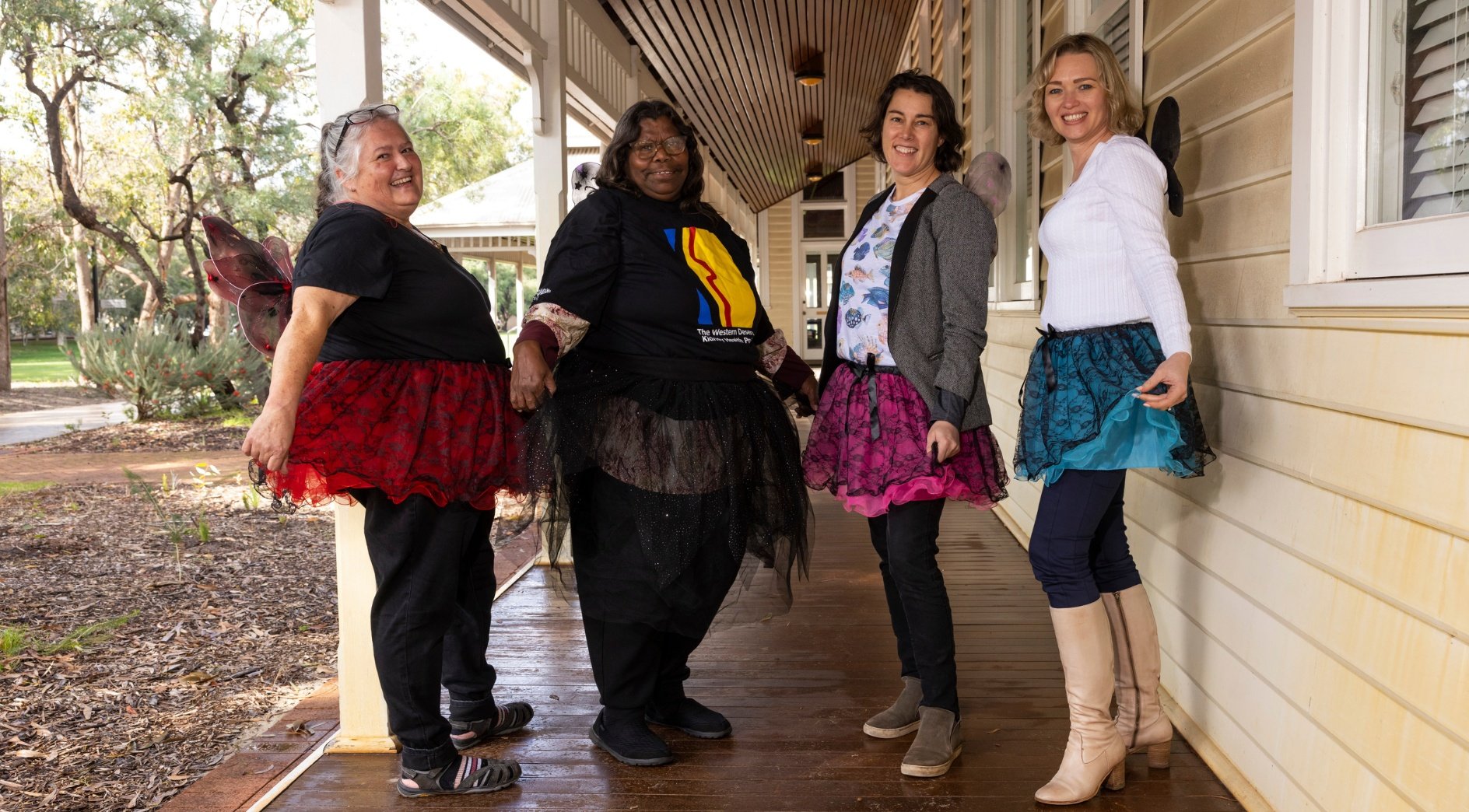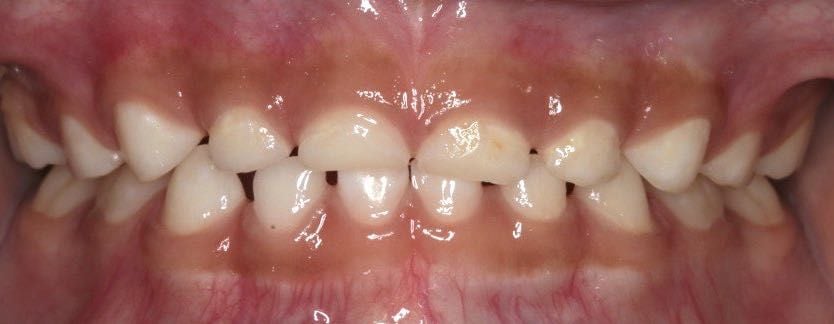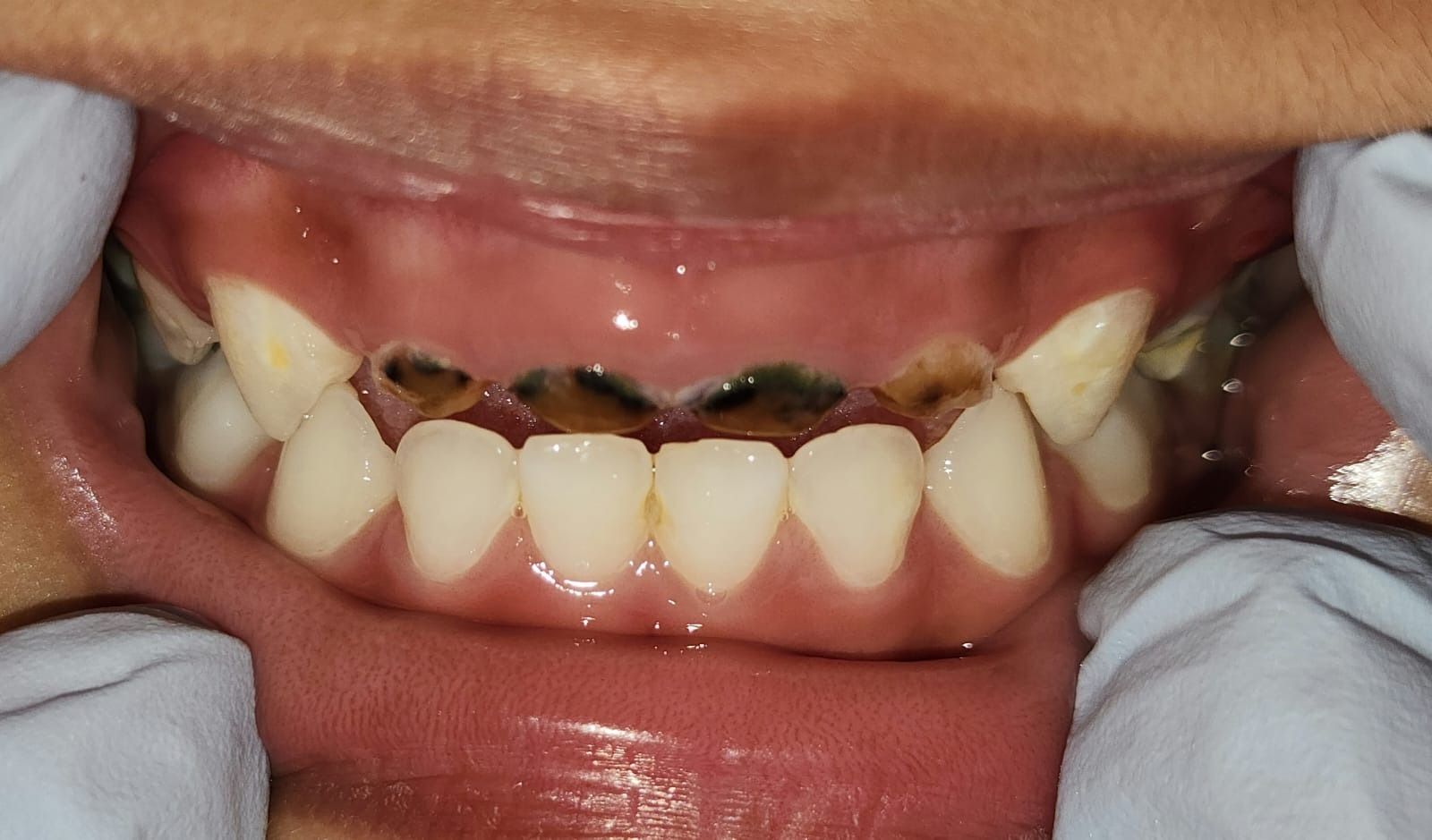Using biological samples, tele-dentistry and community-led models, ORIGINS sub-projects are uncovering hidden risks and delivering practical, evidence-based care to families in rural and remote regions — driving new approaches to oral health from the earliest stages of life.
Two pioneering sub-projects from the ORIGINS longitudinal study are transforming dental care and hygiene in remote and Indigenous communities across Western Australia.
ORIGINS is Australia’s largest longitudinal cohort study of its kind, following 10,000 WA children and their families from conception through early childhood to support research aimed at preventing and treating non-communicable diseases in the early years of life.
The study, a 10-year collaboration between The Kids Research Institute Australia and Joondalup Health Campus in Perth, has built an extensive data platform with more than 16 million data points, linked health records, and 400,000 biological samples – including children’s teeth.
This last collection has paved the way for The Heavy Metal Tooth Fairy Project and The Dental Screening Study. With the teeth of ORIGINS participants available for use as control and pilot samples, the researchers have been able to build two efficient, cost-effective projects focused on dental health in rural and Indigenous communities.
The Heavy Metal Tooth Fairy Project
The Heavy Metal Tooth Fairy Project addresses a crucial gap in understanding around whether groundwater contaminants, particularly heavy metals, are accumulating in children living in remote Australia.
Led by Chief Investigator Dr Christine Jeffries-Stokes and Dr Anette Stokes, both from The University of Western Australia (UWA), the project team is analysing 125 baby teeth from remote WA communities alongside 125 teeth from ORIGINS participants to compare the presence of heavy metals in children’s teeth from regional and metropolitan areas.

Heavy metals such as arsenic, lead, copper, mercury and zinc occur naturally in the environment and are more common in resource-rich regions like WA.
While low exposure to some of these elements is harmless, or even necessary, long-term exposure — even at low levels — can result in toxic accumulation and adverse health effects.
Babies and young children are especially vulnerable due to their developing tissues and organs being more susceptible to environmental influences.
In children, heavy metal toxicity has been linked to intellectual disability, neurocognitive and behavioural disorders, and cardiovascular and respiratory issues.
In addition to identifying exposure levels, the project is helping remote communities build skills in monitoring water quality, STEM education and dental hygiene.
Dr Jeffries-Stokes said empowering Aboriginal and remote communities to assess their own water quality allowed them to advocate for improvements.
“Building awareness, skills and knowledge of environmental health, dental hygiene and STEM in remote communities is vital to bridging the gap in health and education outcomes between Indigenous and regional Australians and those living in urban areas,” Dr Jeffries-Stokes said.
The Dental Screening Study
During the COVID-19 pandemic, Principal Investigator and Honorary Research Fellow at UWA’s School of Allied Health, Dr Somayyeh Azimi, championed the idea of tele-dentistry to improve access to paediatric dental care.
This concept led to the Dental Screening Study: a pilot program launched within ORIGINS to maintain dental care during lockdowns and reduce children’s anxiety by enabling dental screenings at home.
Dr Azimi’s team conducted dental checks during routine ORIGINS three-year Kids Check appointments and trained parents to take photos of their child’s teeth.
The images were securely uploaded via a cloud-based system accessible only to authorised professionals and, when assessed by an external dental therapist, were found to closely match in-person exams — proving the method both reliable and simple for families to adopt.
Following the pilot, the team extended the program into regional and Indigenous communities to address significantly higher rates of tooth decay among children in remote areas compared to those in metropolitan regions.
In the central Great Southern region, the team developed a step-by-step guide for parents, while dental students, child health nurses and community partners visited familiar settings like daycare centres and playgroups to train staff and parents, conduct screenings and triage children.

The above image shows initial decay linked to dietary factors, allowing the dentist and parent to agree on an at-home treatment plan. This spared the family from travelling to Perth and reduced stress, time and costs.

The second image reveals the need for urgent surgical extraction. With early identification, the family could act immediately, avoiding worsening complications.
The project helps parents recognise when and where to seek help, while also supporting health professionals — including emergency doctors, speech pathologists and neonatal nurses — in assessing severity and expediting referrals to specialists.
The program has since gained international interest — notably from a dentist in Saudi Arabia, where it has now been adopted across parts of the country and translated into Arabic, extending access to quality dental care for even more families worldwide.
Investigator Information
Dr Christine Jeffries-Stokes is a paediatrician from UWA’s Rural Clinical School of WA. Her ground-breaking research as co-lead investigator of the Western Desert Kidney Health Project (WDKHP) found that nitrate contaminated drinking water was a contributing factor to higher-than-expected rates of kidney disease and type 2 diabetes in the Goldfields.
Dr Somayyeh Azimi is a highly skilled professional with specialty training in oral and maxillofacial diseases. As an Honorary Research Fellow of the International Research Collaborative — Oral Health and Equity at UWA, Dr Azimi is affiliated with a renowned oral health research and development group with a global reputation for addressing oral health disparities.
